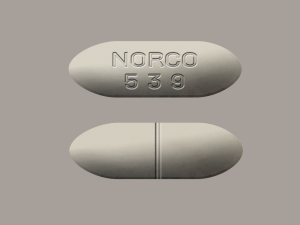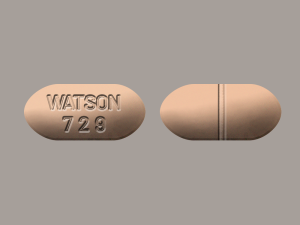Showing all 3 results
-
Norco 10/325mg
Select options This product has multiple variants. The options may be chosen on the product pageNorco 5/325mg
Select options This product has multiple variants. The options may be chosen on the product pageNorco 7.5/325mg
Select options This product has multiple variants. The options may be chosen on the product pageNorco is a prescription medication that’s often used when regular painkillers just aren’t cutting it. It’s a combo drug that includes hydrocodone, a powerful opioid pain reliever, and acetaminophen (the same stuff in Tylenol), which boosts hydrocodone’s effectiveness and helps reduce fever.
Think of it as a “strong but strategic” option doctors turn to when pain is intense—after injuries, surgeries, or when chronic conditions flare up. But because Norco contains an opioid, it comes with some serious responsibilities.
Why People Take Norco
Norco is typically prescribed for moderate to severe pain—the kind that interferes with your day and doesn’t go away with standard over-the-counter meds. It’s not meant for “just in case” or casual use. It’s for when pain becomes overwhelming, persistent, and harder to manage.
Hydrocodone works on your brain to change the way your body feels and responds to pain. Meanwhile, acetaminophen supports the process by dialing down inflammation and fever.
How It’s Taken
Norco comes in tablets and liquid form. Dosages vary depending on age, weight, health condition, and how your body responds. Your doctor will give you exact instructions, but here’s a general idea:
For Adults:
-
Liquid form: 15 mL (1 tbs) every 4–6 hours. Max = 90 mL per day.
-
Tablet form: 1–2 tablets every 4–6 hours. Max = 8 tablets per day.
For Kids:
-
Only under strict medical supervision. Dosing depends on age and weight, and the tablet version isn’t usually recommended for children.
Pro tip: If you’re using the liquid version, always measure your dose with a proper dosing syringe or spoon—not a kitchen spoon.
Be Smart: Use It Safely
Norco isn’t your everyday pain reliever. It carries risks—addiction, breathing problems, and even liver damage if not taken exactly as prescribed.
What to watch for:
-
Feeling unusually drowsy or confused
-
Trouble breathing, especially during sleep
-
Sudden changes in mood or behavior
-
Nausea, loss of appetite, or yellowing of the skin (signs of liver trouble)
Never mix Norco with:
-
Alcohol (major liver risk)
-
Other opioids (increases overdose potential)
-
Sleep aids or anxiety meds unless approved by your doctor
Side Effects: The Good, The Mild, and The Serious
Common (but manageable):
-
Nausea or vomiting
-
Feeling sleepy or dizzy
-
Constipation
-
Lightheadedness
More serious (call your doctor ASAP):
-
Shallow breathing
-
Hallucinations or severe mood swings
-
Skin rash or swelling
-
Trouble urinating
-
Sudden fatigue or weight loss
If you suddenly stop taking Norco after extended use, you could experience withdrawal. That’s why doctors usually taper your dose gradually.
Red Flags & Warnings
-
Liver Alert: Too much acetaminophen (more than 4000 mg/day) can cause liver damage—even death. Don’t mix it with other acetaminophen-containing products or alcohol.
-
Pregnancy: Norco isn’t safe during pregnancy unless your doctor specifically says otherwise.
-
Children under 18: Not typically recommended without a specialist’s guidance.
-
Long-term use: Can lead to dependency. Use it short-term, and only when necessary.
Final Thoughts
Norco is a heavy hitter in the pain relief world—but with power comes responsibility. It’s meant to help when other medications just don’t work, not for everyday aches. Use it wisely, follow your doctor’s instructions to the letter, and never share it with anyone else.
If you’re dealing with ongoing or complex pain, talk to your healthcare provider about long-term options that may be safer and better suited to your lifestyle.



